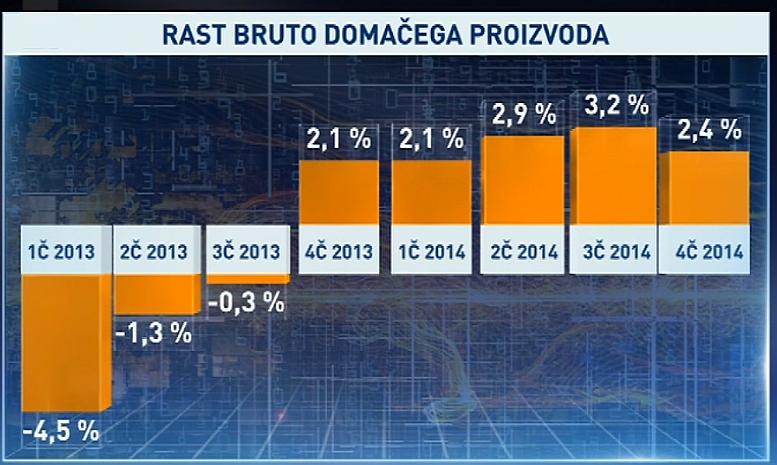At the Summit 100 conference currently underway in Portorož, consulting firm AT Kearney presented an overview of the economic situation in South-Eastern Europe.
On the basis of World Bank indicators that measure regulations affecting businesses, South-Eastern Europe ranks below the OECD average. The World Economic Forum’s Competitiveness Index paints a similar picture.
"The region has a well-developed primary school and healthcare system, but there is a lot of room for improvement in terms of infrastructure. Businesses that have a presence in the region have to deal with a poor logistics and energy infrastructure, which are in need of an upgrade. There are unfinished road corridors and a railway infrastructure that needs to be modernized. Regional airports are poorly connected with each other. Better cooperation in terms of energy would enable the region to manage the production and use of electricity more efficiently. This could help reduce energy losses associated with electricity distribution," says Ivo Šimek from A. T. Kearney.
GDP structure shows disparities
The current GDP (gross domestic product) structures show wide disparities between the countries in the region. Albania still heavily relies on agriculture, while Slovenia’s GDP is dependent on the service sector (74 percent of GDP) and industry sector (24 percent of GDP).
Compared to the EU average, the GDP of South-Eastern European countries is much more reliant on agriculture and industry, while the service sector plays a less dominant role than in the European Union.
Due to their small size, SE European countries are export-oriented. Slovenia, the most export-oriented of the countries, exported 25.7 billion euros and imported 25.22 billion euros worth of goods in 2013.
Although trade within the region is relatively high, the EU is still the principal trading partner for South-Eastern European countries.
Changes needed to boost regional growth
Even though Albania, Bosnia and Herzegovina, Montenegro, Croatia, Kosovo, Macedonia, Serbia and Slovenia comprise a region that has a population of 25 million and a combined GDP of over 150 billion euros, the region does not yet operate as a unified market, which creates obstacles for regional growth.
"The right set of measures can help spur regional growth. We need to facilitate the free movement of goods and workers, who are educated as well as cheap, by cutting red tape to hasten work visa procedures, reducing export/import duties and upgrading the countries’ infrastructure. Moreover, we need to create a common logistics and energy infrastructure and reduce political risk. This will improve credit ratings and reduce funding costs," Šimek stressed.
T. H., MMC, translated by D. V.


































































